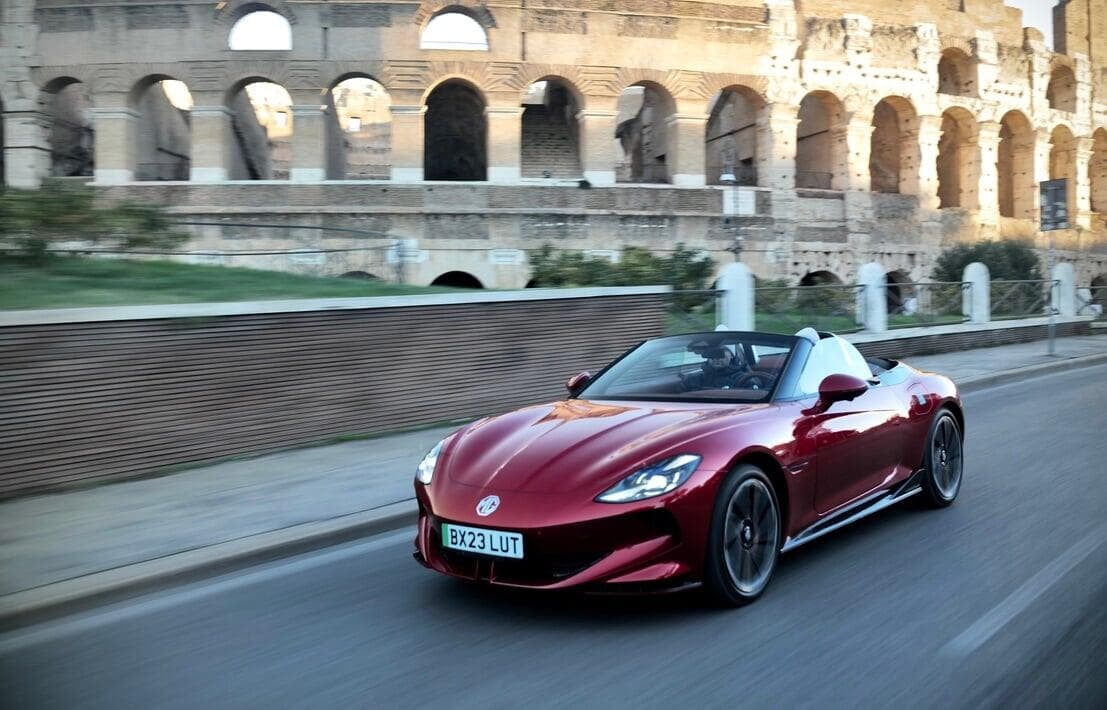There are many factors to owning your EV you need to think about, tyres is the quiet one people don't always think of.
Among all the other questions and factors with making a change to an EV from an ICE vehicle, one you might not consider is that EV's use specialised tyres to help you get the most of all it's benefits. What does this mean, and why is it important?
A few basics on the way tyres work on your car. We all know that they are what keeps your car moving, and pointing in the correct direction. With weight and speed ratings, all round performance in any weather, noise profiles, efficiency, and tyre wear that all play a part in those black circles, they are more complex than they seem. The average contact patch for car tyres on a modern car is roughly the size of two sheets of A4 paper, holding all the forces your car generates to the road.
Specifics for EV tyres
One of the reasons that EV's can be fantastic to drive is down to the electric motor produces instant torque from a standstill. This means it's possible to walk into a dealership, buy an EV in 2024 that can seat a family in comfort with every convenience you can think of, that can give an F1 a close run to 60mph. The energy that tyres need to contain to be able to manage this are staggering. Not every EV will post figures like that - but when a Volvo family SUV can outpace a Ferrari Enzo, the demands are there across the board for EV tyres. This all adds up to tyre makers needing to produce tyres with construction and compounds to be able to manage these loads.
With the comparison to an F1 car carrying on, on the best wearing compounds, an F1 team would expect to get at most 200 miles from a set of tyres. As a road driver, we expect around 20,000 miles from a set of standard tyres. The compounds needed to help make sure that an EV can maximise grip in all seasons are another reason that it's important to make sure you are fitting the correct tyres to your new EV when needed. Grip and wear are a very fine line for tyres, a grippier compound may provide better driving feeling, but sacrifice the life of the tyre to do so, while having a harder compound means less traction, but a longer life.
Another defining feature of EV driving is the complete change in the sound of driving. While most electric cars will have some form of noise to give feedback that we are used to from ICE powered cars, their interiors are far more relaxed at any speed, with the wind noise whilst driving is likely to be the loudest sound outside of whatever is being played on the stereo. That means that the noise profile of the car's tyre becomes something that needs to be considered in making sure this experience continues. Excess noise from the tyres will be more obvious in an EV, and also can be a sign of inefficiency in the tread of the tyre.
This efficiency is another key part of EV tyre choice - you may not realise that something as simple as incorrect tyre pressures affects the overall range of every vehicle regardless of how it's powered, but to maximise battery range, having EV specific tyres that are correctly inflated is an important factor in the overall driving range per charge in your EV. For example when tested by tyre maker Michelin, having an EV specific tyre can extend the range of the car by almost 7% of the WLTP range of the battery.
Lastly - with the battery pack and weights of EV's being higher than an equivalent ICE vehicle, the tyres have to provide all of the above with a heavy load than other vehicles. This means that most EV's use XL rated tyres that are designed for heavier loads. So making sure any tyres you chose when it comes time to replace your current set, making sure the tyres match the demands of your EV driving experience is potentially more important than ever.




